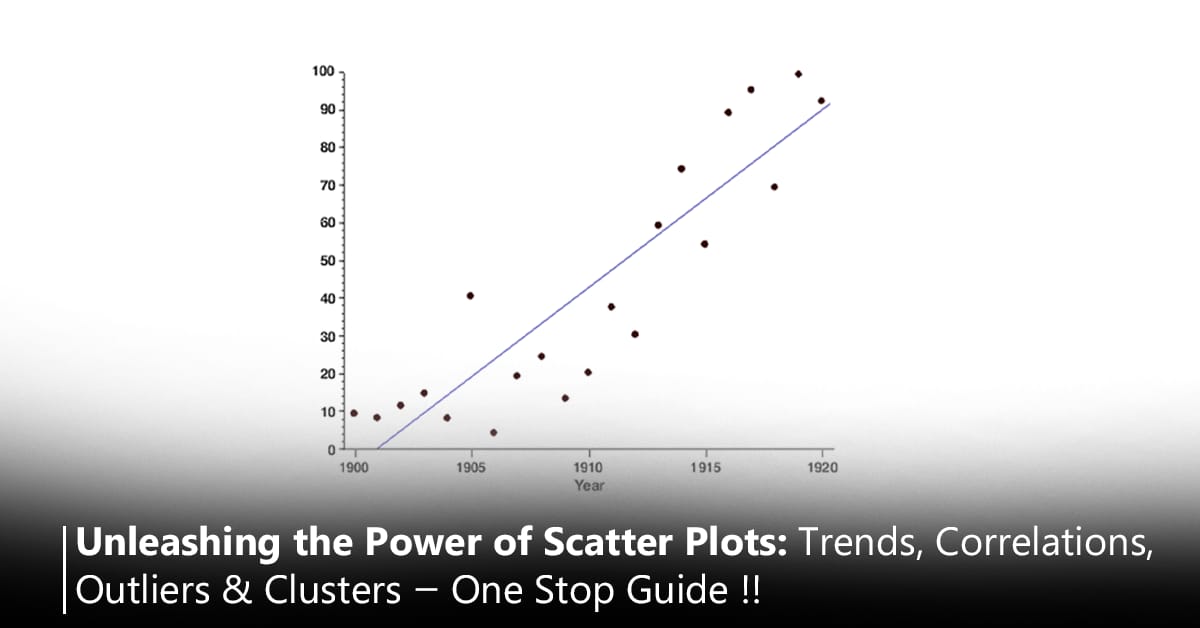There are (at least) five aggregation types that you absolutely must understand as a data analyst. I’ve included concrete examples for each type to help you understand them better.
1. Sum
Sum adds together all the values in a dataset or a subset of a dataset. It’s often used when dealing with numerical data.
Example: If you have a dataset of all transactions made in a store, you could use a sum aggregation to calculate the store’s total sales for each product type.
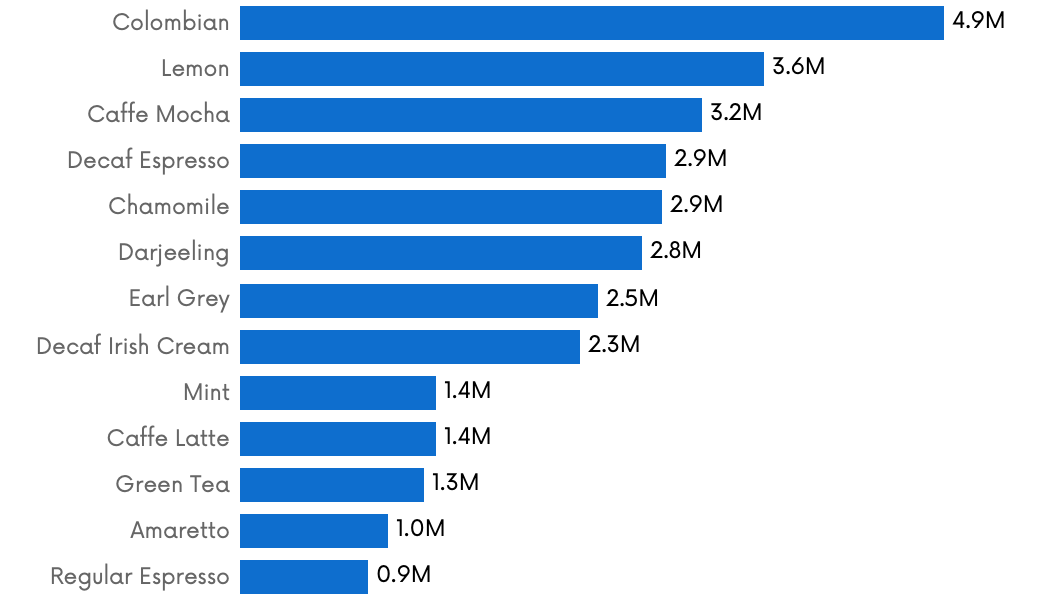
2. Average
Average (or mean) calculation involves summing all the values in a dataset and then dividing by the count. This gives a good general indicator when analyzing numerical data.
Example: You could use an average aggregation to determine the average sales for each product type and market.
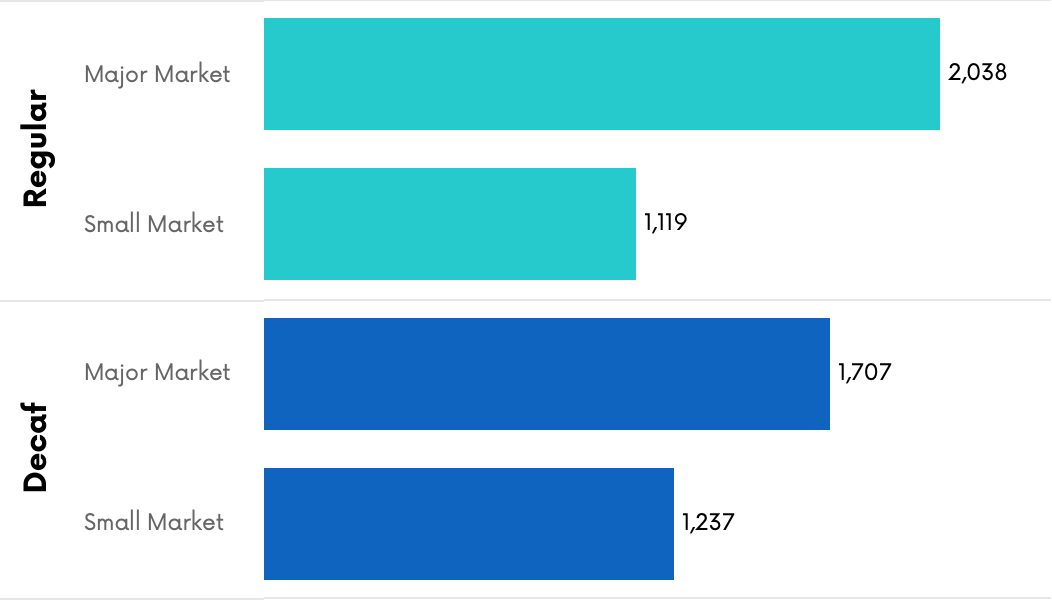
3. Count
The count is one of the most straightforward aggregation types. It measures the number of items in a dataset or a subset of a dataset.
Example: You could use a count aggregation to determine the total number of transactions in each market and product line.
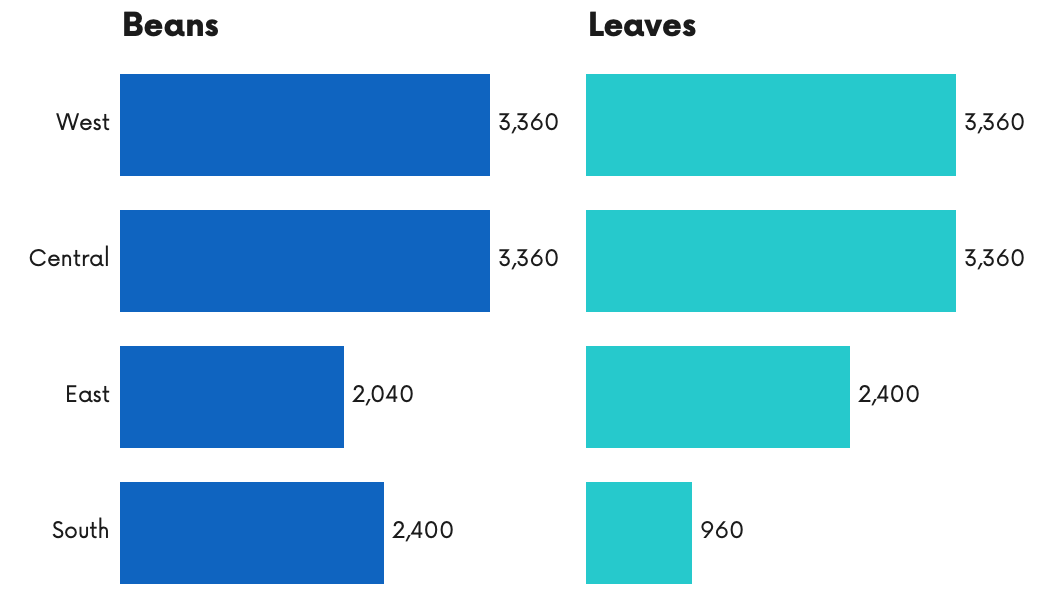
4. Minimum and Maximum
Minimum and Maximum are used to find the lowest and highest values in a dataset, respectively. They are particularly useful when you want to identify the range of your data.
Example: From the transactions dataset, you could find the smallest sale (minimum) and the largest sale (maximum) made in each State.
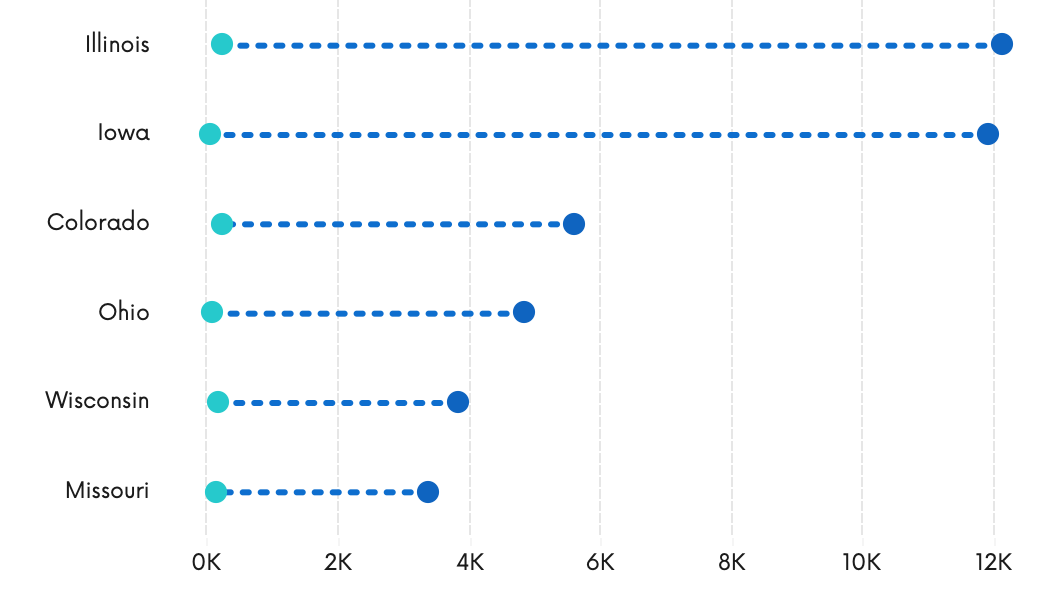
5. Median
The median is the middle value in a sorted list of numbers. It’s a helpful measure of central tendency, particularly when dealing with skewed data.
Example: Using the transactions dataset, the median aggregation could help you find out the transaction amount that falls right in the middle when all transactions are sorted in ascending order.
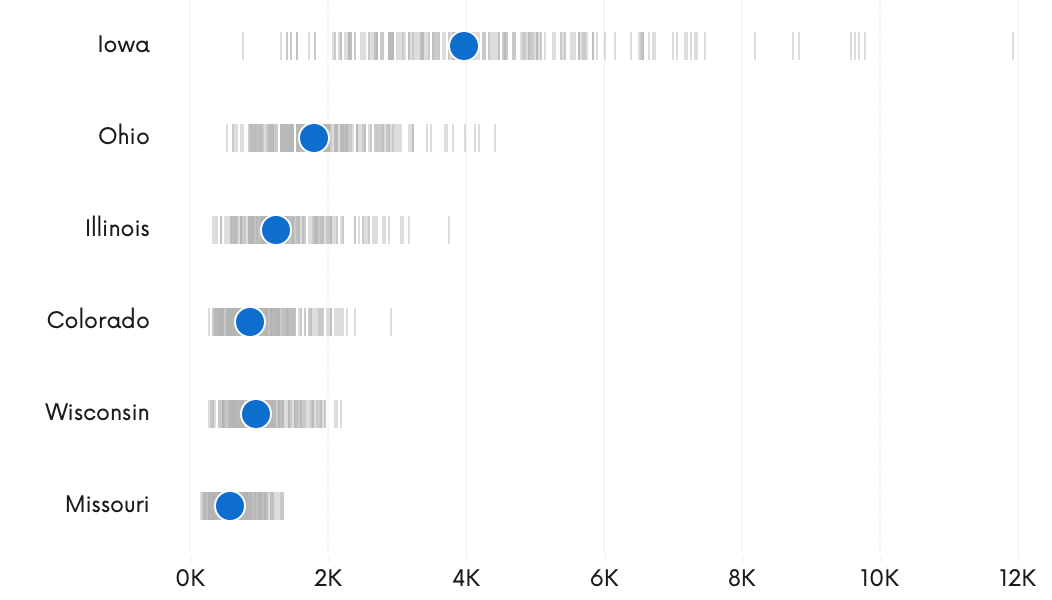
I hope you found this to be a useful introduction to the most common types of data aggregation.

